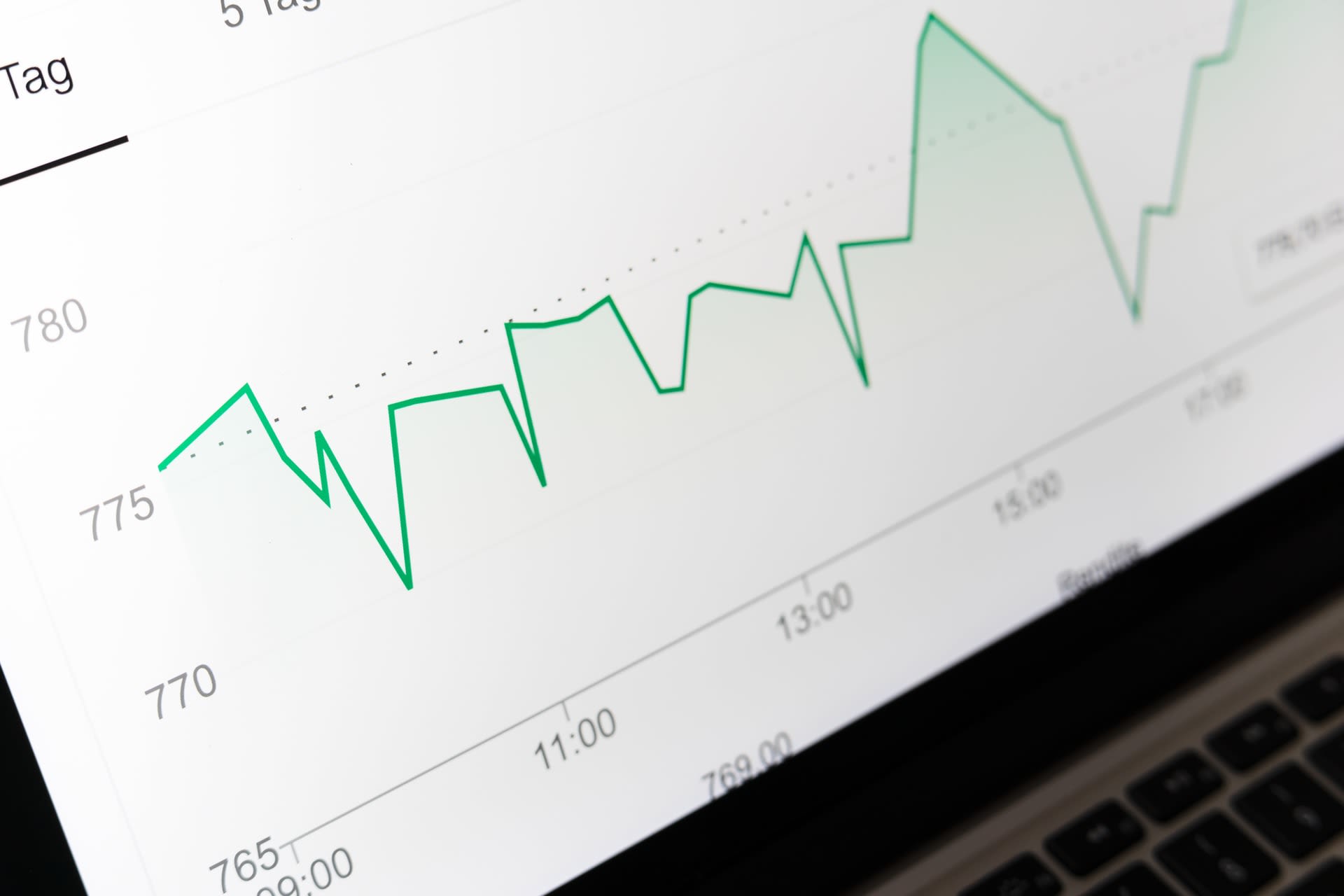How To Use Product Usage Data To Accelerate Your Revenue
Product usage data is data about how your users are using your product- which page they entered from, how they navigate through your product, which features they use and for how long.

So, you've set up Google Analytics on your website and Mixpanel/ Amplitude on your web app. You're all set.
But ask yourself this:
- Marketers: Are you able to send the right message to the right lead at the right time?
- Product managers: Do you understand what your customers are doing with your product and which are your most loved/ least understood features?
- Sales reps: Do you know which of your customers are happy and are ready for an upsell?
- Customer success managers: Do you know which of your customers are about to churn?
Unfortunately, the answer is probably no. Here's why.
While most companies collect product usage data in one format or the other, this data is rarely in a consumable format and isn't accessible to anyone outside the engineering team.
Using product usage data to accelerate product-led growth
Building a PLG strategy starts from developing a deep understanding of how users interact with your product and how that correlates with success for your business.
What you can do with your product usage data
First, you need to make sure that you've set up the necessary tools to accurately track product usage data. You can then identify growth opportunities by finding correlations between specific actions taken by your users and long-term revenue, identifying users at risk of churn, and deriving other insights from product activity.
You can use these findings to prioritize leads, improve your product experience and check in with users at risk of churning.
1. Enable sales reps to uncover the best leads with purchase intent
Buying intent data, or behavioural data about potential customers, is at the heart of any outbound sales process. However, it can be challenging to identify the most likely to convert leads and to do it quickly.
Sales reps typically prioritize leads based on standard demographic criteria like:
- Industry
- Size of company
- Location/number of offices
- Number of employees
- Key contact's position/role
Yes, your sales reps will be more successful when they focus on selling to organizations of a specific size, type, or industry based on past experience. But beyond those basic signals, how do you help your sales reps determine which leads are the most valuable to your business and the most likely to convert to paying accounts?
Buyer intent data can help distinguish between prospects actively researching pain points and looking for a solution versus those simply looking for information on a particular topic without any intention to make a purchase.
You can prioritize leads more effectively by factoring in user behaviour and demonstrated engagement using product usage data. If your sales reps had access to the product-usage data of all your free trial users, they would be able to prioritize by purchase intent more effectively. It makes sense to prioritize leads who are closer to the point of purchase.
Key questions to ask about a prospect's actions
- What actions has the prospect taken?
- Are they engaged?
- Were they successful with the free trial?
- Have they engaged with the pricing page?
Imagine a solution that can calculate the buying intent of your website visitors/ users in real-time. That's btw for you.
Lead scoring based on product usage data allows sales reps to work smart, not hard when it comes to pursuing prospects. Focusing on qualified leads saves them the time and frustration from trying to reach and convert prospects that aren't ready.
Over time, btw learns patterns of which actions are highly correlated with conversion to paid accounts, and uses that to surface the leads who are most likely to convert for you.
Key questions to help you uncover the best leads with high purchase intent
- Which users invited other team members to the app?
- Which users are most engaged/ returning most frequently?
- Which geographies have the best conversion rates?
- Which users have spent significant time on the pricing page?
2. Improve the user experience and remove points of friction
Knowing how your users are using your product, which features they're using and at what frequency is critical information as you're looking to acquire more users.
Product usage analytics can help you uncover which features are most frequently used. You can also detect points of friction in the user journey to create a better user experience. This exercise can also help you streamline your onboarding flow.
By analyzing the behaviour of your leads online, you can create a map of what touchpoints correlate with higher conversions. Is there a specific landing page that brings in more leads or better leads?
Key questions to help you acquire more customers
- What actions correlate with sign-up and conversion to paid accounts?
- Which pages convert best?
3. Deploy just-in-time messaging across the customer journey
An important concern for B2B firms is appropriate messaging at every stage of the customer journey. By utilizing product usage data, companies can rapidly bucket customers by stage and usage patterns.
By integrating your CRM and marketing automation tool with your product usage data, you can rapidly deploy emails appropriate for customers at every stage in their customer journey.
When customer-facing teams have access to product usage data, they can make sense of how different users are engaging (or not) with your product. This data gives them the opportunity to deliver richer and more contextual customer experiences. This can potentially lead to higher retention and customer delight.
4. Alert customer success managers when a customer is at risk of churning
Retaining customers is just as critical as acquiring new customers to grow your business.
Bain showed that a 5% increase in retention can raise company profits by more than 25%.
Unfortunately, as a business grows, it becomes difficult to proactively keep tabs on older customers. While your customer success managers aren't aware that the customer is disengaged and has not logged in to your application in the last 4 weeks, that insight is sitting in your product usage data waiting to be found.
You can set up automated alerts for when a customer's product usage data should be a cause for concern- for e.g. if they haven't logged in to your application in the last 4 weeks or their usage has been dropping since the last few weeks. Your customer success managers can then trigger a follow up to check in with the customer and figure out what is wrong.
btw can automatically check the engagement patterns for all your customers and tag any customers at the risk of churning as "at-risk" based on pre-defined rules.
Studies have found that retaining customers is 7x cheaper than acquiring new customers, so reducing churn can significantly benefit your business.
Why is product usage data critical?
If you have a SaaS offering, you're potentially sitting on a gold mine of usage data.
Analyzing your product-usage data can help you in several ways:
- Marketing & Sales: Product usage data helps you understand where each lead is in the customer journey, prioritize leads based on their engagement and send personalized messages to convert them.
- Product: Product usage data helps you understand which features customers are using most frequently, how they use them, and the points of friction in the user experience.
- Customer Success & Support: Product usage data helps you get context when the customer is facing an issue, helps delight customers with faster resolution and prevent churn.
